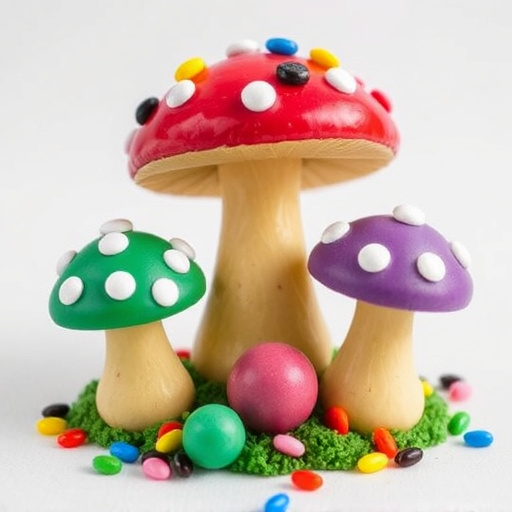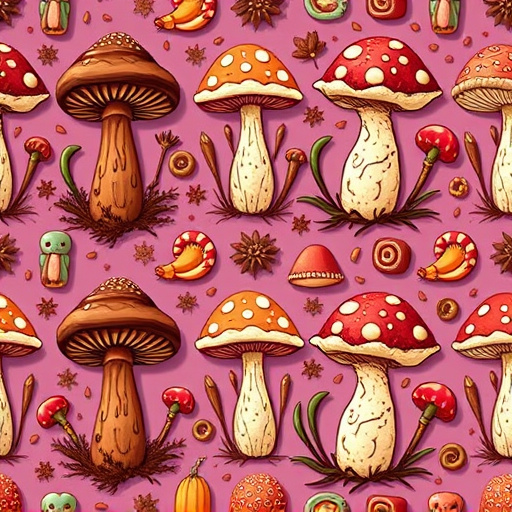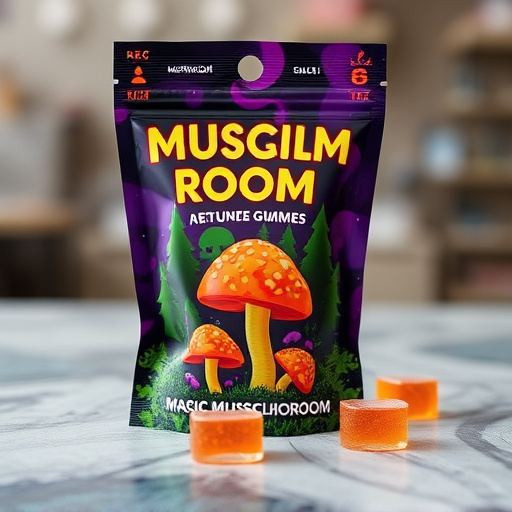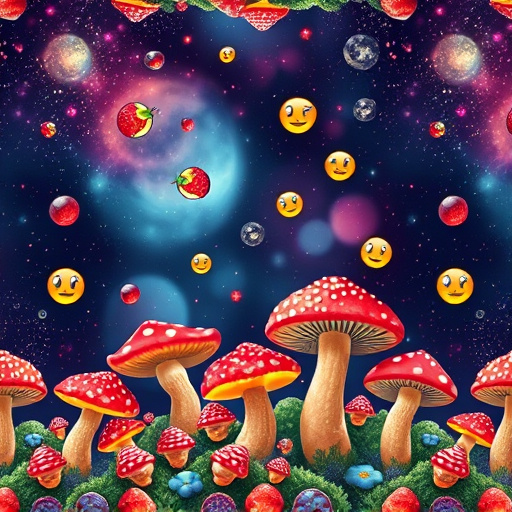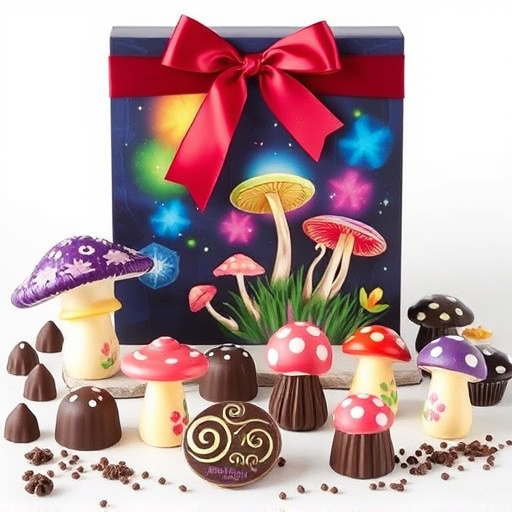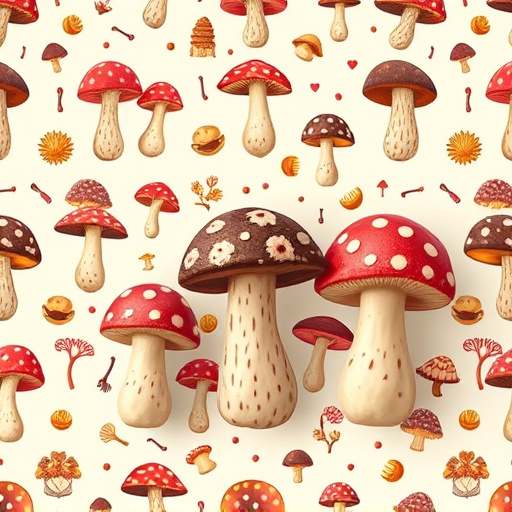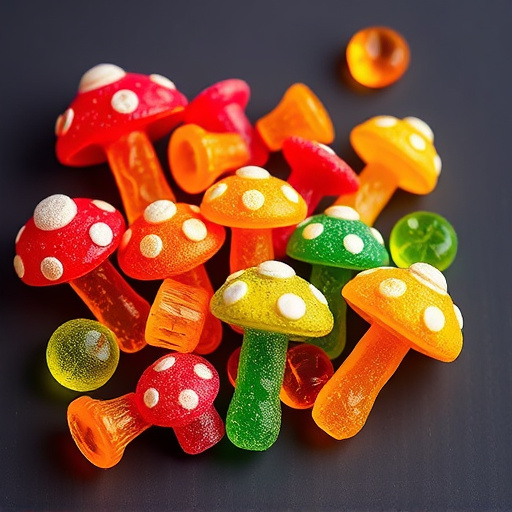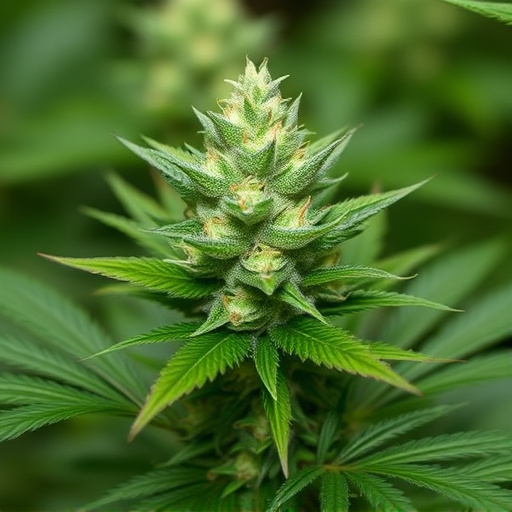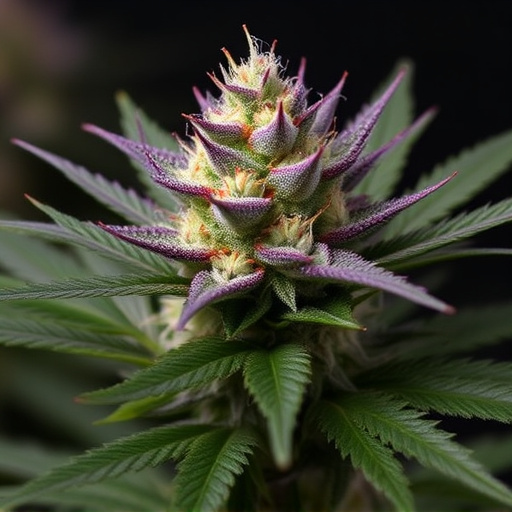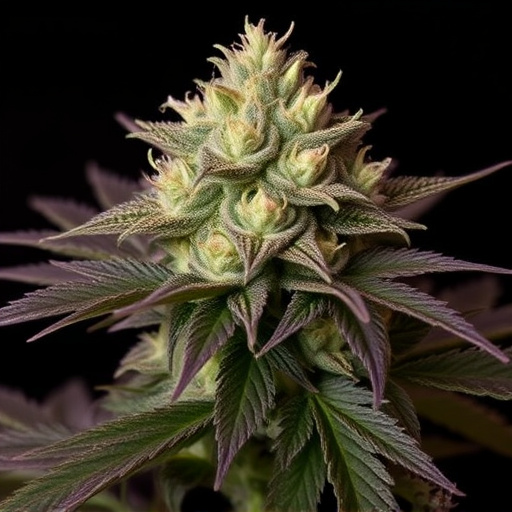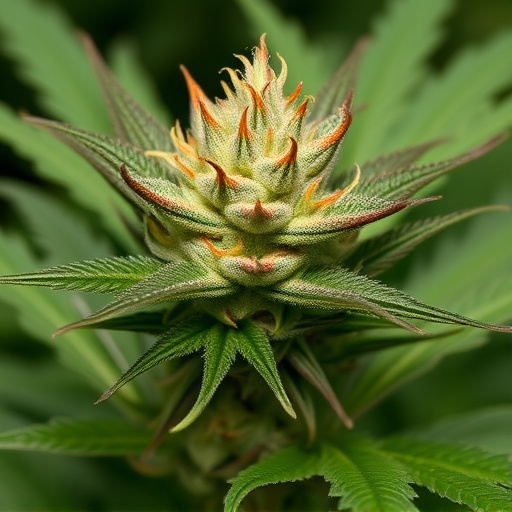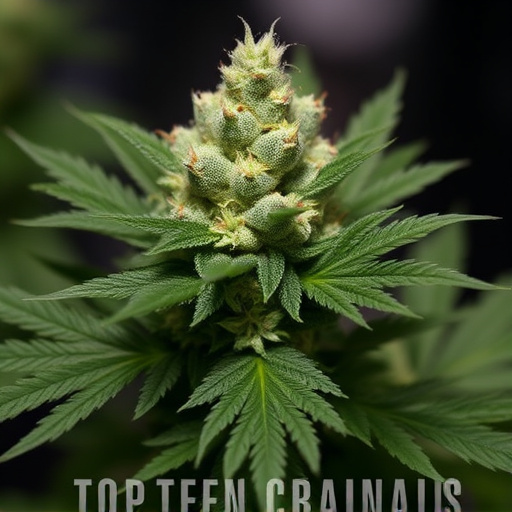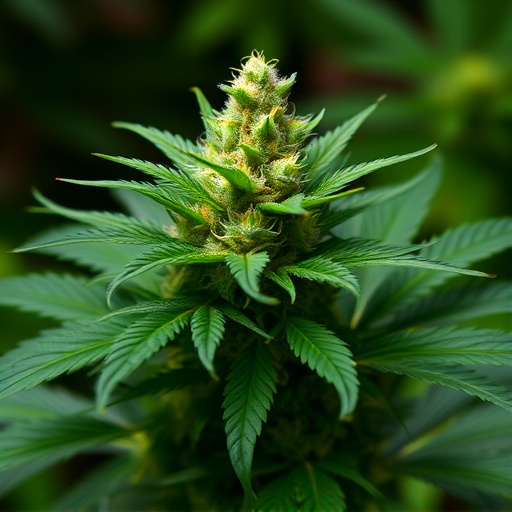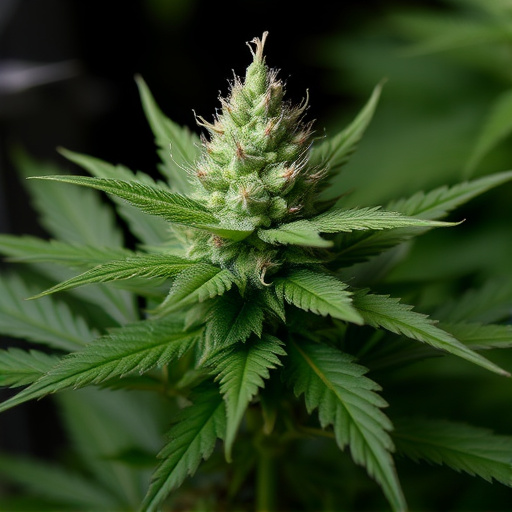Cannabis plants age, affecting their composition, potency, and aroma. Older plants from 2016 are renowned for complex flavors and higher THC levels, but storage conditions also play a role in chemical changes. The top ten cannabis strains of 2016 showcase these unique profiles, with compounds like THC, CBD, and terpenes (e.g., myrcene) influencing potency and user experience. Proper handling is crucial to preserve these valuable compounds for optimal effects.
Can old weed still get you high? It’s a question that puzzles many cannabis enthusiasts. This article delves into the science behind aging cannabis plants, exploring how compounds like terpenes and cannabinoids evolve over time. We’ll also dissect the top ten cannabis strains of 2016, uncovering their unique properties and potential effects. Additionally, we’ll explore user experiences and scientific insights to understand the reality of using aged cannabis, providing a comprehensive guide for both curious consumers and seasoned smokers.
- The Aging Process of Cannabis Plants
- – How cannabis compounds change over time
- – The role of terpenes and cannabinoids in potency
The Aging Process of Cannabis Plants
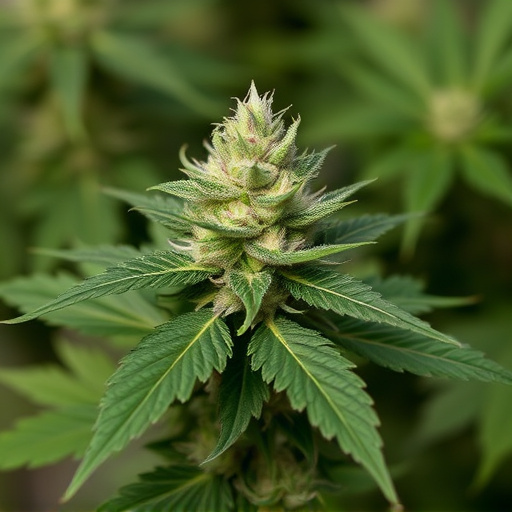
Cannabis plants, like any other living organisms, undergo an aging process that significantly impacts their composition and potency. Over time, as cannabis plants mature, they naturally accumulate various compounds, including cannabinoids and terpenes, which contribute to their unique effects on the human body. This aging process can result in both positive and negative changes in the plant’s properties.
In recent years, such as 2016 when the top ten cannabis strains were celebrated for their diverse profiles, older cannabis plants have gained attention for potentially offering more complex flavors and higher levels of certain cannabinoids like THC (tetrahydrocannabinol), which is responsible for the primary psychoactive effects associated with marijuana. However, it’s important to note that as cannabis ages, other compounds may also change, leading to variations in potency and aroma.
– How cannabis compounds change over time
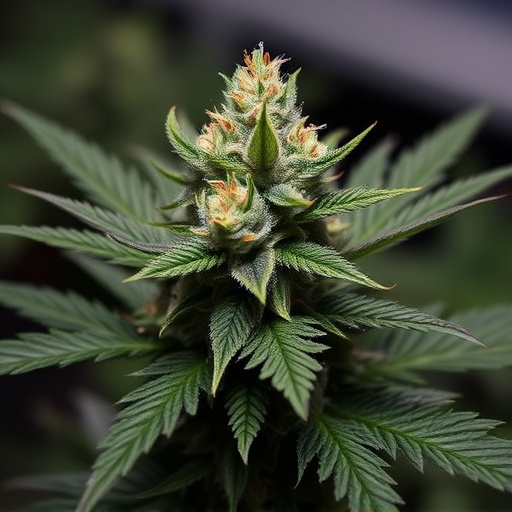
Cannabis compounds, including cannabinoids like THC and CBD, undergo chemical transformations over time. When cannabis plants age or are stored improperly, these compounds can oxidize, degrade, or convert into new forms, altering their potency and effects. For instance, THCA (the acidic form of THC) converts to THC when heated, leading to the familiar high associated with marijuana use. However, as cannabis ages, the ratio of THCA to THC may change, resulting in a product that may not provide the same level of intoxication as fresh plant material.
The top ten cannabis strains of 2016, for example, would have had their unique profiles affected by cultivation practices and storage conditions if they were consumed years later. While some compounds like CBD remain relatively stable, others can break down or change, making it crucial to consider the age and storage of cannabis products for optimal effect and enjoyment.
– The role of terpenes and cannabinoids in potency

The potency of cannabis, often measured by its ability to induce a strong high, is largely determined by terpenes and cannabinoids—the chemical compounds responsible for its unique effects and aroma. Terpenes, such as myrcene, limonene, and pinene, contribute significantly to the plant’s fragrance and play a crucial role in its psychoactive properties. Myrcene, for instance, is known to enhance the potency of cannabinoids, making older cannabis samples still potent enough to deliver a satisfying high.
Cannabinoids like THC (tetrahydrocannabinol) and CBD (cannabidiol) are also key players. While THC remains the primary compound associated with getting “high,” older strains may still contain substantial amounts of this cannabinoid, especially if they were popular in recent years, such as those featured in the top ten cannabis strains of 2016. Even aged cannabis can offer therapeutic benefits and recreational enjoyment, provided it retains its cannabinoid profile. However, preservation of these compounds over time can be challenging, affecting the overall potency and user experience.
While age might diminish some of the flavors and aromas often associated with cannabis, it doesn’t necessarily affect its potency. The compounds that contribute to the “high” experience, including terpenes and cannabinoids, can remain potent over time if properly stored. As such, even older strains could deliver a memorable buzz, especially when considering the top ten cannabis strains of 2016 and beyond. Understanding how these plants age is crucial for consumers looking to get the most from their cannabis experiences, whether it’s enjoying a classic strain or exploring new varieties.
